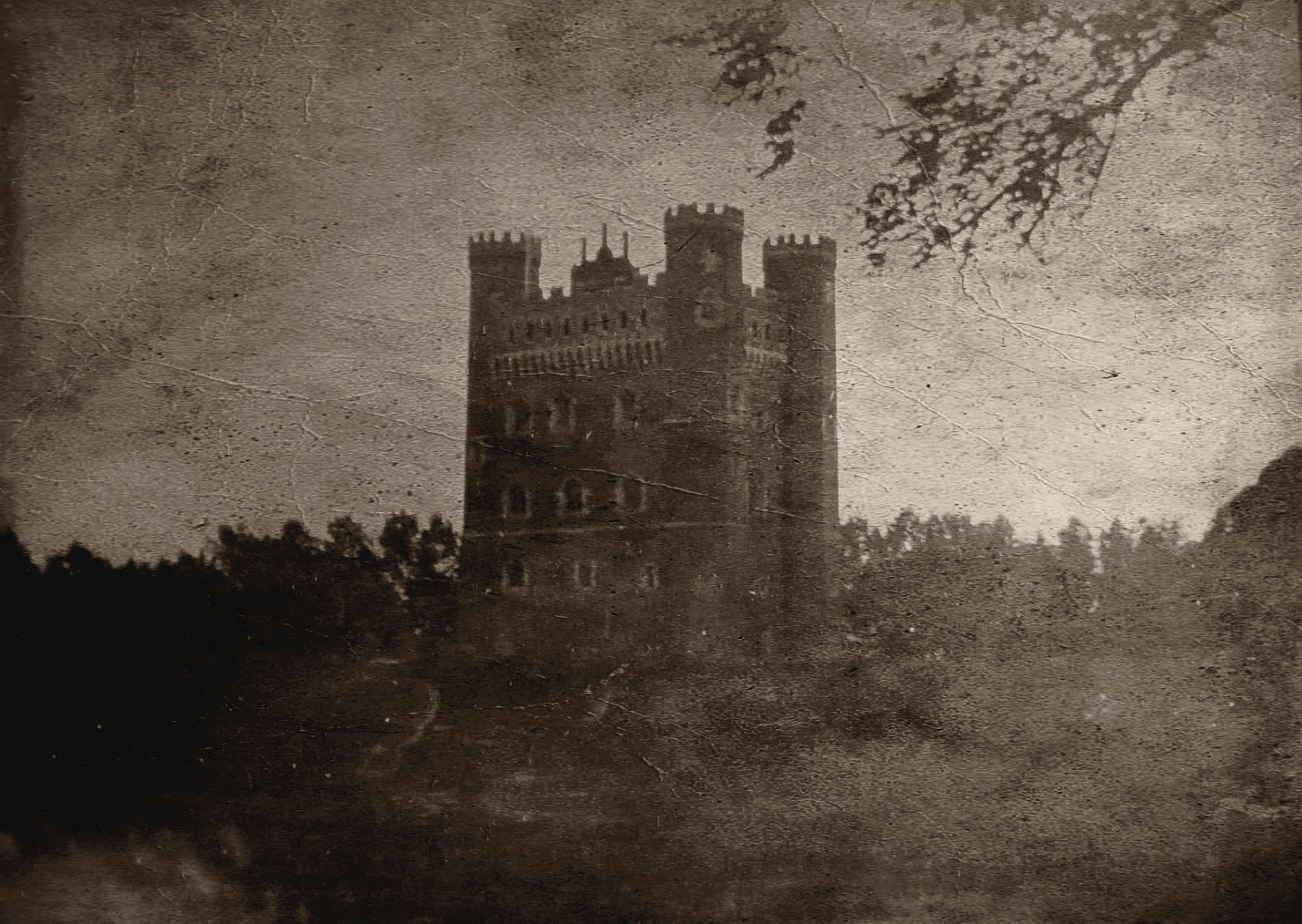How the Illuminati Became an Internet Obsession

How the Illuminati Became an Internet Obsession
The Illuminati is more than just a historical secret society—it's now an internet meme, myth, and mega-conspiracy. You’ve seen the red circles in YouTube thumbnails, the triangle hand signs, and the infamous ? All-Seeing Eye popping up in music videos and TikToks.
But how did the Bavarian Illuminati, a group that officially ended in the 1700s, become a viral obsession in the digital age?
Let’s break down how the Illuminati took over the internet, why it continues to fascinate millions online, and what it reveals about our culture.
? Step 1: History Meets Mystery
Keywords: Illuminati origins, Adam Weishaupt, secret societies
The original Illuminati was founded in 1776 by Adam Weishaupt in Bavaria. It aimed to promote Enlightenment values and reduce religious and political oppression. But the group was quickly banned, and by 1785, it had officially disbanded.
However, its secrecy, elite membership, and ambitious goals made it perfect for myth-making.
? Step 2: Enter the Conspiracy Theories
Keywords: Illuminati conspiracy, New World Order, global elites
In the 20th century, the Illuminati became a core part of conspiracy theory culture. Books and fringe thinkers suggested it was still operating in secret, controlling:
World governments
Financial institutions
Wars and revolutions
Mass media and entertainment
Terms like “New World Order” and “shadow government” became synonymous with the Illuminati. These ideas later found fertile ground on the internet.
? Step 3: The Rise of the Internet = Fuel for Obsession
Keywords: Illuminati online, internet conspiracy, viral Illuminati memes
The internet supercharged the Illuminati myth. Here’s how:
YouTube creators began spotting "Illuminati symbols" in music videos
Reddit threads and forums (like AboveTopSecret) debated celebrity affiliations
Memes turned the topic into a satirical and shareable joke
Clickbait culture turned any triangular shape or hidden eye into “proof”
The more people clicked, the more algorithms promoted Illuminati-related content—turning it into a self-perpetuating cycle of curiosity and paranoia.
? Step 4: Pop Culture Embraces It
Keywords: Illuminati celebrities, music industry, Beyoncé Illuminati
Some of the world’s biggest stars have been “accused” of being Illuminati members:
Jay-Z: Triangle hand sign ("Roc Nation")
Beyoncé: Visuals with occult references
Kanye West, Rihanna, Lady Gaga: Symbolic fashion, cryptic lyrics, and eye motifs
Whether intentional branding or coincidence, these artists often leaned into the myth, further blurring the line between parody and belief.
Entire YouTube channels and TikTok creators now specialize in analyzing music videos for Illuminati “evidence.”
? Step 5: Memes Make It Inevitable
Keywords: Illuminati memes, ironic conspiracy, online humor
The Illuminati has become a joke, a meme, and a cultural shorthand for anything mysterious, elite, or strange. The classic triangle-eye symbol is now used:
In meme formats like “ILLUMINATI CONFIRMED”
To mock corporate or government decisions
As ironic commentary on the absurdity of internet theories
What started as paranoia has become part of the language of the internet.
? Why Are We So Obsessed?
The Illuminati myth endures online because it taps into:
Fear of power we don’t understand
Desire for simple explanations to complex problems
Entertainment value in the absurdity of it all
The fun of spotting “hidden messages” in plain sight
It’s a mix of mystery, mockery, and media literacy, all playing out in real time.
? Final Thoughts: The Modern Myth
The internet didn’t invent the Illuminati, but it gave it new life. In a digital world full of uncertainty, algorithms, and celebrity spectacle, the Illuminati myth acts like a mirror—reflecting our own questions about who’s in charge, what’s real, and what’s just for show.
Whether you believe in a shadowy elite or just enjoy the memes, the Illuminati has become one of the defining internet obsessions of our era.


